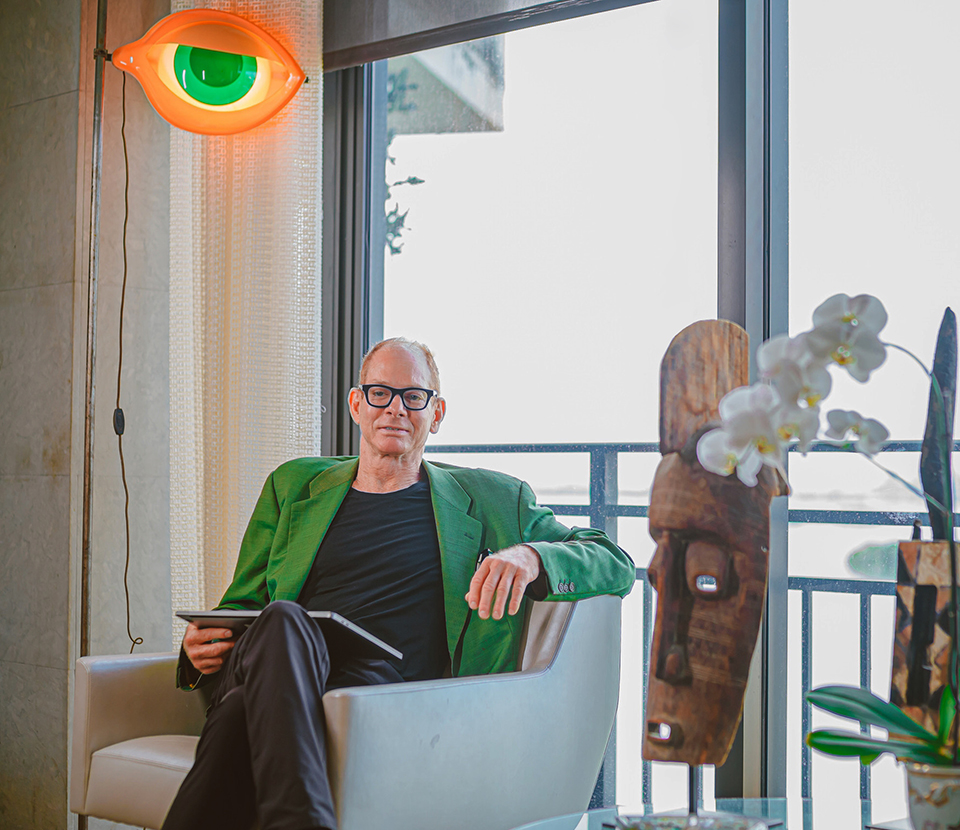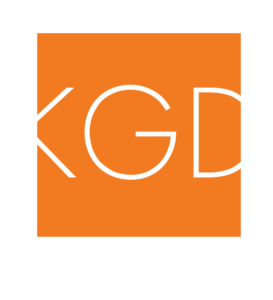Kevin Gray is one of Florida’s most trusted interior designers for Lutron smart home installations that make homes comfortable and stylish. With over 22 years of experience working with Lutron, Kevin uses programmable mood lighting and automated blinds to create particular moods using dimming functionalities for daily tones such as welcome, entertain, all on, all off, good morning and also raises the lighting for lunch. He can also change the moods with Lutron Blinds and set the designs for to-go, blackouts to go, and for them to go down at night. Additionally, he can program them to go up automatically in the morning, or his clients can operate them manually. Curtains can also be programmed to open and close from the wall, by Lutron’s remote, as well as from personal mobile devices. Lutron’s strength lies in its programmable sound control, where each room’s sound can be adjusted individually. Kevin’s design team collaborates with Lutron engineers to set up, maintain, and personalize homes. Kevin Gray has personally used Lutron’s products in his home for the last 22 years and continues to attest to their quality and reliability.
The following interview with Kevin was published on Lutron’s website, October 2023.
Layering Opacities and Colors Between Window Treatments Opacities
“In New York, for example, if you face east or west, you get sunlight blazing all day long. You can use solar screens to keep out glare and protect art and furniture from fading,” Gray explains. “On top, I use a sheer weave or drapery panels, either horizontal or vertical, that slide back and forth on a Lutron track. I often use Roman shades, which are decorative and versatile. The fabric softens the solar screen and makes rooms feel more intimate.”
Color and Design
Clients who value curb appeal can opt for a uniform treatment on the inside of the window to maintain continuity. But in each room, prioritize the front layer’s design, which will be the most visible in the space. Think of the window-facing treatment as a more functional layer, while the room-facing treatment dresses up the window, adding decorative value and ambiance. This is why designers often choose to layer soft top treatments, such as Romans and drapes, over hard treatments, such as rollers or honeycomb shades.
“I also use lighter treatments like side panels in living rooms to soften the space and make it look homier.”
KEVIN GRAY
Soft Treatments
Soft treatments are very popular among designers for all styles of homes, from traditional to modern, and for any room. Because they’re usually outside mounted, they’re also practical for windows with small pockets or openings that make inside mounting more complicated. “Soft treatments can be installed on Lutron tracks with Lutron automation systems, like Sivoia QS for Romans,” explains Gray, “but the fabrics designers select are the customer’s own material (COM). Designers buy a material and give it to their supplier, who makes the shade with Lutron systems.”
In bedrooms, soft fabrics can create intimacy and dampen sound in the space. “I also use lighter treatments like side panels in living rooms to soften the space and make it look homier,” says Gray. “You can either let the fabric disappear by choosing a style that matches everything else in the space, or if you want a decorative punch, use a more unique color or texture. For example, in a kid’s bedroom you might choose a more fun, colorful fabric.”
A particularly memorable project for Gray was a penthouse apartment on Sutton Place in New York. First, he used a solar screen to protect the home’s artworks. “Then I added a drape that was almost a moire of bronze—it looked like an evening gown—with grommets and rivets, to bring a luxurious, soft feel to a room that needed to be lightened up. Because the artwork was so severe, I wanted to play with contrasts. If it’s an old apartment, you might want the window treatments a bit more modern. Then you can use a unique fabric and mix new and old to tie it through.” Layering window treatments allowed Gray to meet the space’s lighting needs and bring glamour and warmth to the design.
There are several kinds of fabrics and ways to integrate them into layered window treatments.
“Precision design. Peerless technology. Lutron shades fuse refined aesthetics and human-centered innovation to deliver a set of experiences only Lutron can.”
LUTRON
KGD
Creative, Fresh, Innovative:
Contact Lighting, and Interior Designer Kevin Gray
Kevin Gray is an internationally celebrated Lighting and Interior Designer, known for transforming interiors into timeless and unique environments for the most discerning clients in Miami, New York, Washington D.C. and Europe. His interiors showcase signature designs that are understated yet sophisticated, straight-forward, elegant and functional. Clean lines and simple but well-crafted furnishings, with an attention to texture and the highest quality materials, are Kevin Gray Design staples. Kevin is known for his sensibility of style by mixing the unexpected with unique vintage pieces and fabrics. Clients say that Kevin’s key to his success is his trusted history of collaborations with the best architects, craftsmen and builders
720 Northeast 69th Street
Palm Bay Towers – Suite 11W
Miami, FL 33138
T: +1 305 751 4263


